Sonos Ray vs Sonos Arc: the differences explained
We put the new budget Sonos Ray head-to-head with the premium Sonos Arc
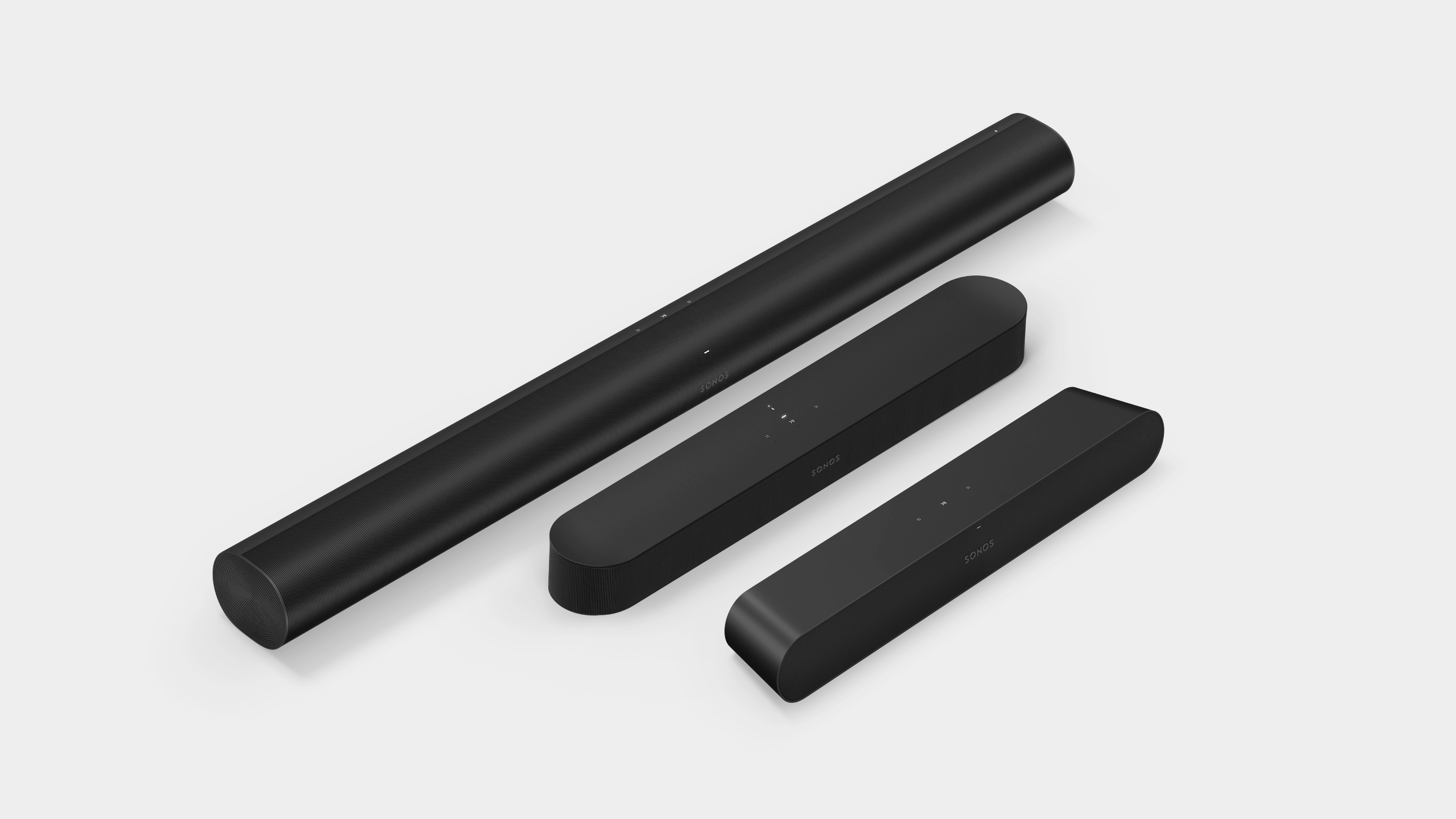
Welcome to our Sonos Ray vs Sonos Arc guide, where we'll break down the differences between these two Sonos soundbar options.
The Sonos Ray is the most compact and inexpensive soundbar from Sonos. It’s not the cheapest soundbar on the market – take a look at our best budget soundbar guide for our top affordable choices – but it is a solid option if you want to upgrade your TV’s sound and buy a Sonos speaker on a budget, as our full Sonos Ray review explains.
At the other end of the spectrum, there’s the Sonos Arc. This is one of our top picks in our best soundbar guide, providing a premium surround sound experience with a price tag to match. Read our Sonos Arc review to find out why we recommend this excellent soundbar.
If you can’t decide between the Sonos Arc vs Sonos Ray, this guide is for you. The main difference between these two Sonos soundbars is price. The one that’s right for you is the one you can afford. But there are several other key factors worth considering, so we’ll weigh up the pros and cons of each soundbar below.
Take a look at our guide to the best Sonos speakers if you want to learn more about the company’s other speakers. Alternatively, check out our best Dolby Atmos speakers guide if you want great sound but don’t need a Sonos device.

Sonos Ray vs Sonos Arc: price and availability
The Sonos Ray will be available to buy on June 7 for $279 / £279 / AU$399. That makes the Sonos Ray the cheapest Sonos soundbar to date.
There are other budget soundbars available for less than £300 / $300, but Sonos may be able to deliver more bang for the buck – we’ll have to see if that prediction proves to be right when we're able to review the Sonos Ray.
Sign up for breaking news, reviews, opinion, top tech deals, and more.
In comparison, the Sonos Arc launched in June 2020 and costs $899 / £899 / AU$1,499, which is five times more than the Ray. That price difference might seem eye-watering, but we’ll soon learn they’re designed for different purposes.
Sonos makes a mid-range soundbar, too. The Sonos Beam (Gen 2) costs $449 / £449 / AU$699, so it might be worth considering if you want a comparatively more affordable soundbar with good performance. Read our Sonos Beam (Gen 2) review to find out more.
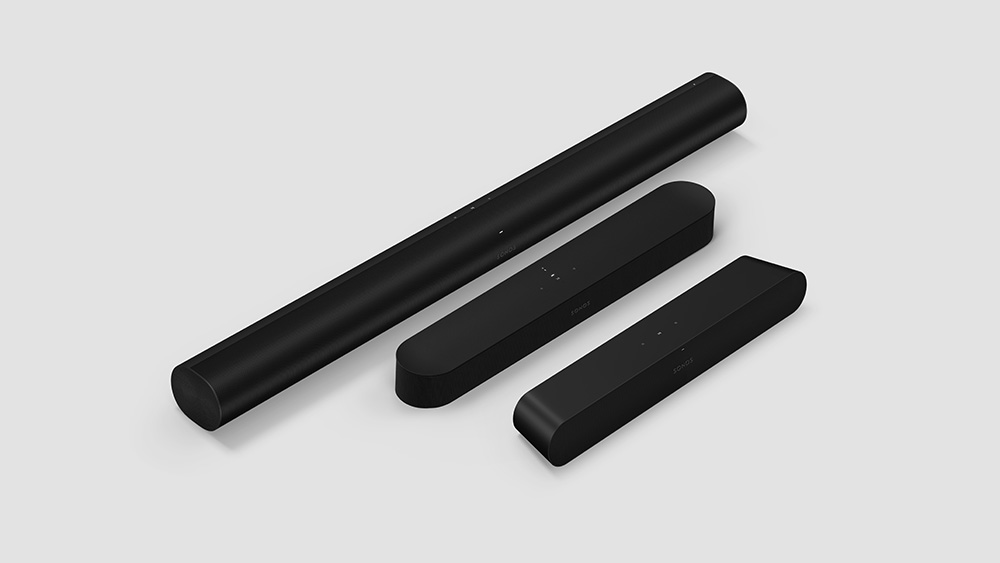
Sonos Ray vs Sonos Arc: design
The Sonos Ray is the smallest Sonos soundbar and works best to upgrade the sound of TVs up to 55 inches. The Sonos Arc is the brand’s largest soundbar, designed for TVs that are 55 inches and larger,
That’s why there’s a significant difference in the size and weight of both soundbars. The Ray measures 559 x 71 x 95mm / 22 x 2.8 x 3.7 inches (w x h x d) and weighs 1.95kg / 4.3 lbs. In comparison, the Arc is much longer at 1142 x 87 x 116 mm / 45 x 3.4 x 4.6 inches (w x h x d) and weighs 6.25kg / . The Ray is designed to slot under even small TVs, whereas the Arc runs along the whole length of most large ones.
Both soundbars have a similar Sonos aesthetic, with clean lines and a stylish, understated design available in black or white.
They can both be placed on a surface or wall-mounted. However, the Ray can be slotted into a shelf in a TV cabinet because its audio tech faces forwards. That won’t work for the Arc, because it has up- and side-firing speakers.
Round the back, the Arc has only two essential inputs: a power cable and an HDMI in, and while an Ethernet socket and a Digital Optical to HDMI adapter are available out of the box, it’s only recommended you use them if you absolutely have to. That’s because Dolby Atmos can only be carried over HDMI (more on that soon).
In contrast, Sonos Ray's main connection to your TV will be through the optical port. Sonos says this is to make it easy to set up and ensure it works with as many TVs as possible.

Sonos Arc vs Sonos Ray: features
The Sonos Ray is a budget soundbar through and through, so don’t expect its features to match the Arc’s (it is five times the price, remember). However, the Ray’s no-frills approach might appeal to some people.
The Sonos Arc uses Dolby’s latest TrueHD and Dolby Digital Plus sound codecs to deliver the best-quality lossless audio that you’ll find on Blu-ray and some streaming services. The Arc can enhance the 3D soundscape using Dolby Atmos object tracks to bounce certain sounds off the walls around you, so you feel enclosed by the sound.
However, the Ray has none of these features. It’s not going to provide the immersive sound you’d get from the Arc, but it isn’t meant to. Instead, Sonos has worked to provide a wide soundstage here. Using a split waveguide, the Sonos Ray can direct some of the high-frequency energy right towards you and directs the rest towards the sides, for stereo separation.
The good news is, whether you have a Ray or an Arc, you can boost sound by wirelessly syncing your soundbar with other Sonos products, which pair seamlessly. So if you have a Sonos Ray, a pair of Sonos One SL rear speakers and a Sonos Sub, you can create a full home cinema system.
This would, perhaps, defeat the point of getting a budget Sonos Ray, but it does mean there are opportunities to build a better audio experience over time.
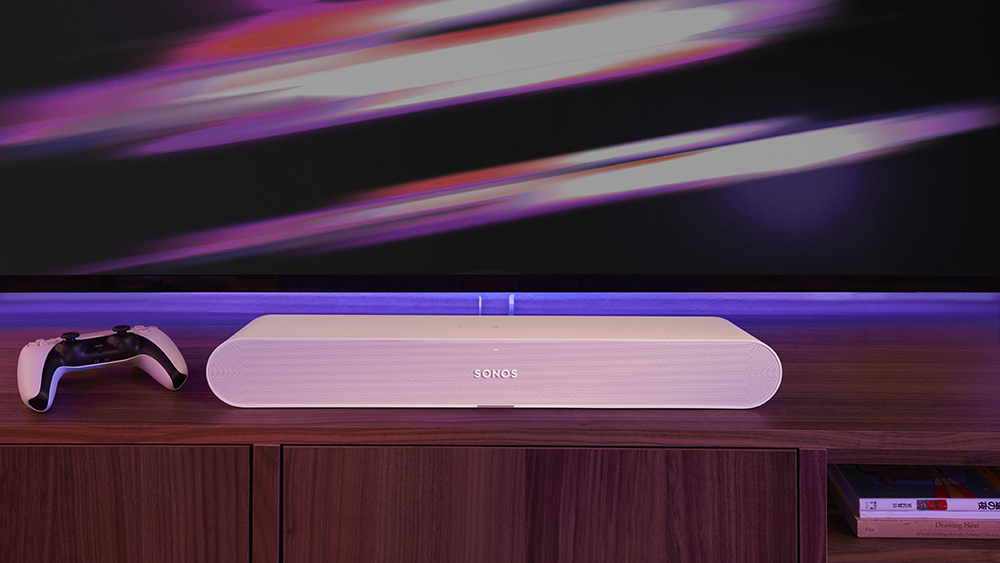
Both the Arc and the Ray soundbars use Sonos' TruePlay technology to calibrate audio output. Hold your phone up as you walk round the room and the S2 app uses its microphone to tune the soundbar’s sound to work perfectly within the space.
Unfortunately, this feature is only available if you have an iPhone. But Sonos says that it’s only to improve the experience, and all soundbars still work well out of the box.
One notable difference between the Ray and the more advanced Arc is the cheaper soundbar has no built-in mic and, therefore, no voice control. You can’t use it directly with the Sonos Voice Control feature or with smart assistants like Google Assistant and Alexa.
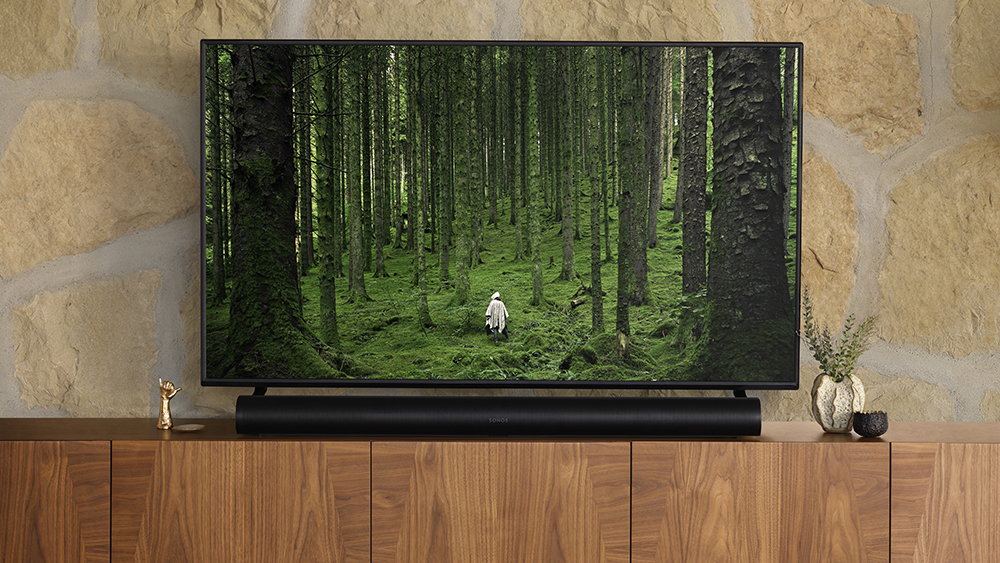
Sonos Arc vs Sonos Ray: audio performance
The Arc is a fantastic soundbar. It has eight elliptical woofers that work to deliver a solid bass response. We found that the tuning balances a good amount of warmth through the mids during our testing. There’s also an impressive level of clarity on offer.
Thanks to three silk dome tweeters, highs are crisp with an impressive level of control. We were blown away by the Arc’s ability to deliver soundscapes that distinguished sound from individual instruments yet didn’t feel disjointed.
That’s the spatial precision we’d expect from the Arc, which was designed to make the most of Dolby Atmos. Once it’s tuned to your room, the Arc is fantastic and can bounce effects around and behind you.
The Sonos Ray is simply much narrower and less dynamic. You don't get anything like the spatial performance – sound moves from side-to-side, but only in front of the screen. You don't get the wall of sound that the Arc specializes in.
But the Ray does offer a surprisingly full sound for its price. It's got bass, it's got treble clarity, it's got clear dialog, and it's got the ability to balance them well. The drama is nothing close to what the Arc can do, but the Ray is designed as an upgrade from your TV speakers manage, and it 100% achieves that goal, and then some.
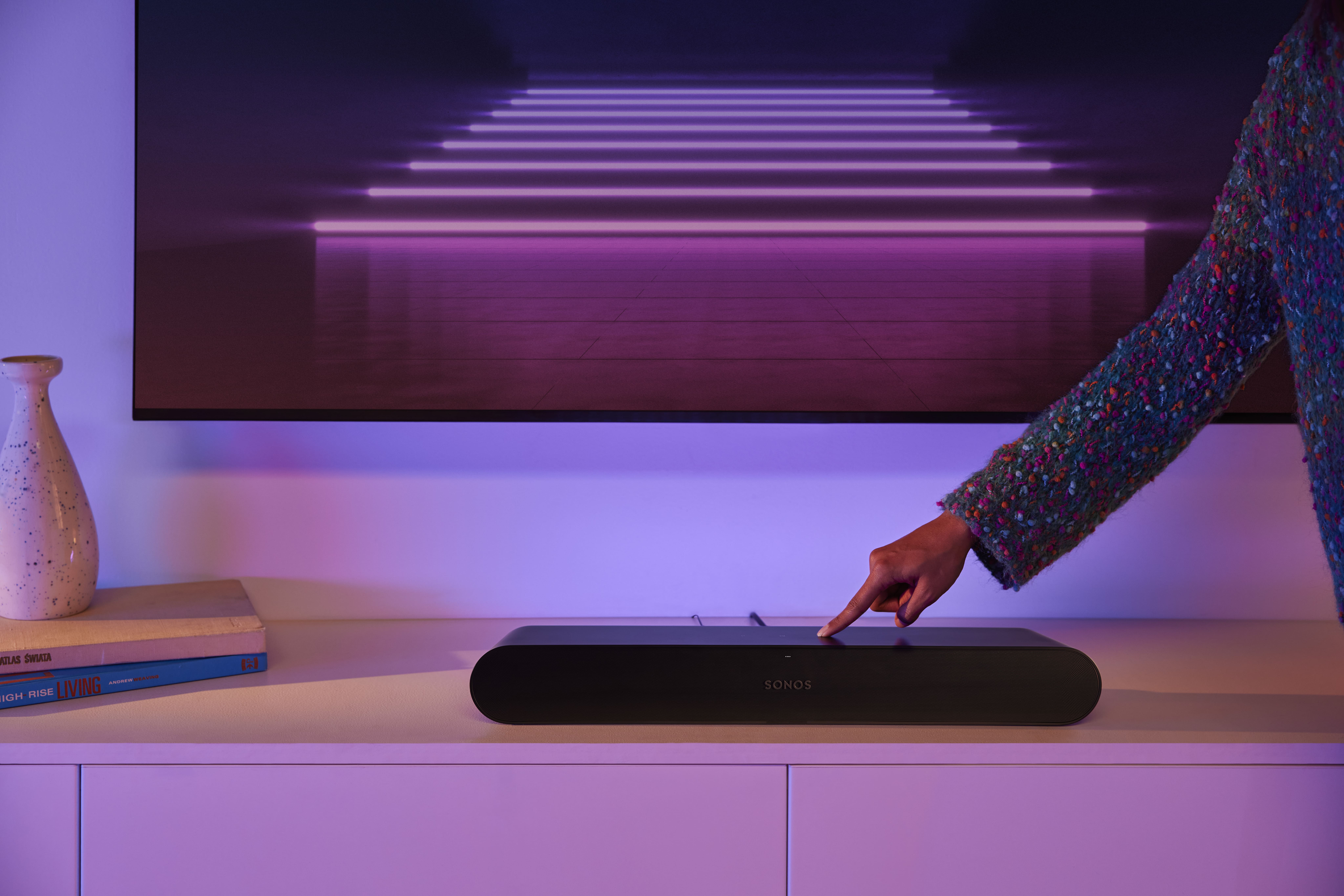
Conclusion
There’s a massive difference between these two soundbars in terms of price. The Sonos Arc is five times more expensive than the Ray. The Arc is a genuinely premium soundbar with exceptional and powerful sound. It’s why it’s our top pick of the best soundbars you can buy right now.
If you have a TV around 50 inches or more and a medium to a large-sized room to put it in, you’ll need the Arc if you want a Sonos soundbar and top-quality audio. (Or the mid-range Sonos Beam Gen 2.)
However, the Arc is incredibly expensive, and there’s a massive appeal in picking up a decent soundbar for less than £200/$200 with the Sonos Ray. If you have a small budget and a small-ish TV, the Ray is a solid option. It’s also a gateway into the Sonos ecosystem, as you can add more devices over time if you want to.
There’s no point putting these two soundbars head-to-head in terms of price and performance. They’re worlds apart. But weighing up which one is right for you is down to your TV, preferences, and budget.

Becca is a contributor to TechRadar, a freelance journalist and author. She’s been writing about consumer tech and popular science for more than ten years, covering all kinds of topics, including why robots have eyes and whether we’ll experience the overview effect one day. She’s particularly interested in VR/AR, wearables, digital health, space tech and chatting to experts and academics about the future. She’s contributed to TechRadar, T3, Wired, New Scientist, The Guardian, Inverse and many more. Her first book, Screen Time, came out in January 2021 with Bonnier Books. She loves science-fiction, brutalist architecture, and spending too much time floating through space in virtual reality.